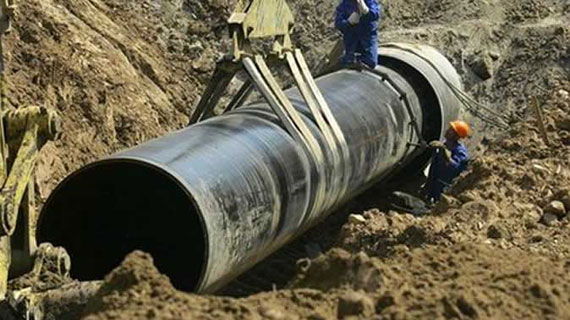
CHINA Africa Sunlight Energy (CASE) had started stakeholder consultations as the company steps up efforts to establish a 600 megawatts (MW) power station within the Gwayi Conservancy, a development expected to ease energy pressures, particularly in Matabeleland North.
GAMMA MUDARIKIRI
CASE is a joint venture between Old Stone Investment of Zimbabwe and Shandong Taishan Sunlight, a Chinese conglomerate.
The company is in the process of establishing two coal-fired thermal power plants with each set to produce 300MW.
As part of its environmental impact assessment (EIA), CASE on Sunday invited stakeholders from Matabeland North, Bulawayo Metropolitan, Lupane district, Zimbabwe Tourism Authority, Hwange Colliery Company, communities around the project area in Gwayi among many others, to participate in the environmental assessment consultation programmme.
“This project is prescribed in terms of Environment Management Act 20:27 and therefore cannot be implemented before an EIA report is done,” reads part of the notice.
“CASE has appointed Environmental Guardians Services as consultancy company and is conducting a stakeholder consultation process to gather relevant information on the project,” adds part of the notice.
The project also involves the construction of a water pipeline from Gwayi-Shangani Dam to the project site, about 20km south-east of the dam.
- Chamisa under fire over US$120K donation
- Mavhunga puts DeMbare into Chibuku quarterfinals
- Pension funds bet on Cabora Bassa oilfields
- Councils defy govt fire tender directive
Keep Reading
A 20km transmission line will also be connected to the existing Hwange–Insukamini Power line.
The company expects to contribute direct foreign investment inflow of up to $2,1 billion in four years as well as creating new jobs of up to 4 500.
The company is one of those granted licences by the Zimbabwe Energy Regulatory Authority to set up power stations in the country securing a 2x200MW power generation licence in the process as well as finalising national grid connection modalities with Zesa as part of efforts to address power shortages in the country.
Zimbabwe has a huge power deficit, and imports 35% of its national power requirement other countries in the region.
The country generates an estimated 1 200MW, against a national demand of 2 000MW demand which has resulted in the erratic power suppliers. The manufacturing industry has been seriously hit by power shortages and capacity utilisation is expected to fall below 44% by year end.
Twitter feedback @mudarikirig










